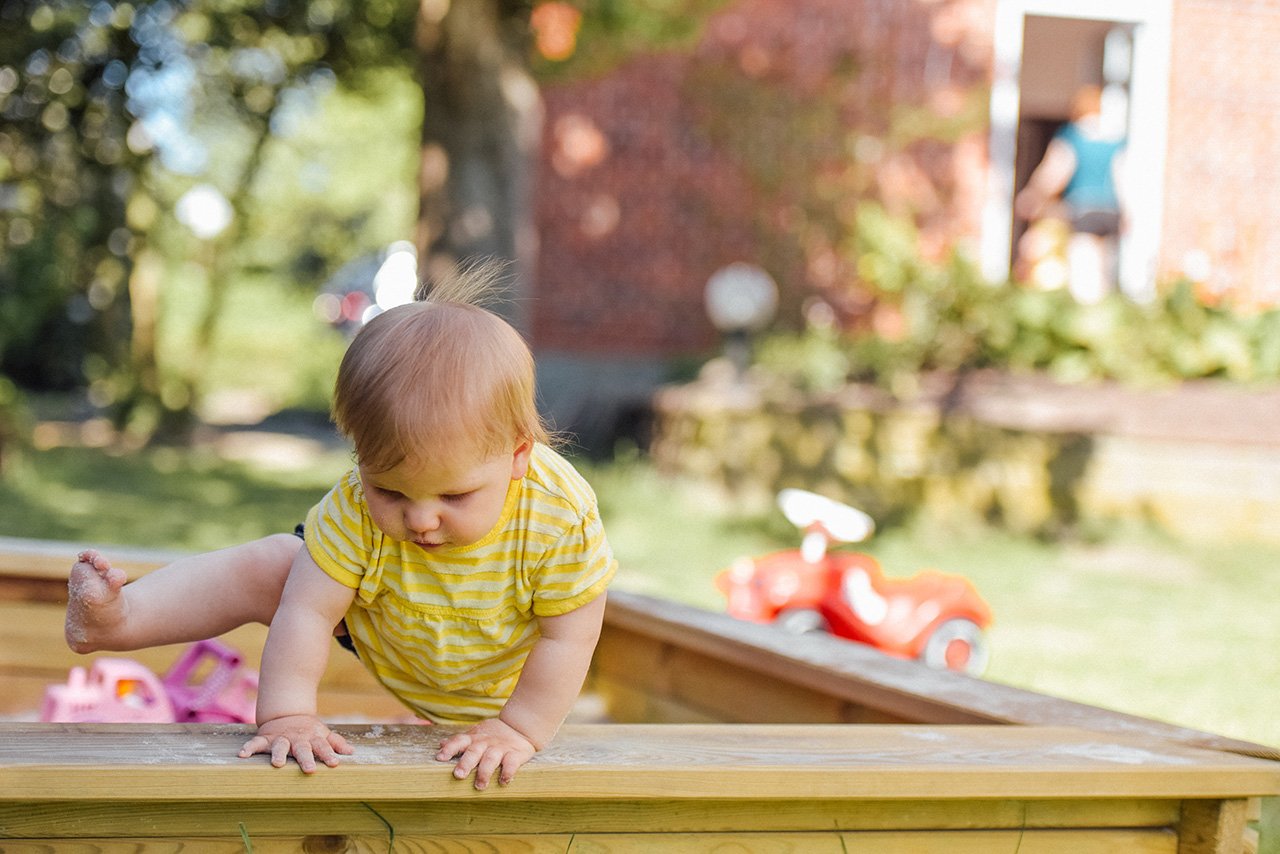
December is Safe Toys and Gift Month, just in time for the season of gifting. Now is the time to educate yourself and your family about the risks associated with certain toys and about child safety in general. For instance, if a toy is made of dangerous materials or is not age-appropriate, it is important that adults make sure that any gift you are giving or your child receives brings worry-free fun.
Did you know that each year, over 200,000 children are treated in emergency rooms for toy-related injuries? Severe injuries and accidental deaths can occur in children from objects and situations that might seem harmless to adults.
Toy-Related Safety Risks That All Parents Should Know About
When a child is not supervised, it can take just seconds for them to become injured by a toy. The holidays are notorious for causing stress for parents and making it difficult to focus – so it is imperative this month to be aware of the risks children face.
Choking is one of the most common possible injuries children face when they receive new toys. Choking is the fourth leading cause of accidental death in children under five years old. Young children have tiny throats and will often explore new objects by putting them in their mouths. If a child ingests or inhales a small piece of a toy, they can quickly experience a blocked airway that leads to choking. Before allowing a child to play with a toy, be sure to inspect it properly for removable small parts or hazards, read any labels that come with its packaging, and ensure that the toy is age-appropriate.
Eye injuries are another common risk for children. Toys cause about 11,000 eye injuries in children each year in the U.S. and can range from mild abrasions to blindness. Hazardous toys include toy guns, paintball guns, or other toys fashioned after weapons. Toys that contain rubber bands, like slingshots and bungee cords, are also known to cause eye injuries. Children that play with toys like these should wear protective eyewear and use caution.
Accidents involving a moving toy or sport are another major cause of injuries. Balls, scooters, bicycles, and skateboards are not risky on their own – but learning to ride a bike, chase a ball down the street, or attempt a skateboard trick can lead to severe injuries. Adults should supervise any outdoor play, especially if children are near a road with car traffic. This is especially true when a child is learning how to use a new toy or ride a bicycle, skateboard, or other wheeled gear for the first time. A child that falls while rollerblading or riding their bicycle is bound to end up with cuts and scrapes – and risks breaking bones or getting a concussion. Be sure that children are properly equipped in safety gear, such as helmets, elbow pads, and knee pads before they take a ride on their new toy.
Do Your Part to Protect Children This Holiday Season
Nobody intends to cause harm when they give a holiday gift. Be sure you’re bringing joy to children without putting them at risk by planning ahead and inspecting any gifts a child receives. When children are unwrapping toys, discard ribbons, wrapping paper, and gift bags immediately once a gift is opened.
Look closely at any toys you purchase. Watch out for toys with small, removable parts or crumbling material. Toys should not have sharp edges and should be durable enough to withstand impact without breaking into small pieces. Be sure to examine any new toys your child receives. Look for indications that the toy is age-appropriate and a good fit for their interests and skills. Toys labeled “ATSM” have passed inspection by the American Society for Testing and Materials. Avoid toys with small removable parts – especially button-size batteries. If a toy part can fit inside a paper towel roll, it is inappropriate for toddlers or children under three. Stay away from any crayons or markers that are not labeled “nontoxic.”
Use extra caution with active sporting gear and make a practice of pairing sports equipment with safety equipment. If a child receives a bicycle, they should also receive a helmet – without exception. Make supervision a priority. Designate a dedicated person for childcare at every gathering, dinner, and family event this holiday season. Maryvale has collected more tips on child safety and household protections here.






